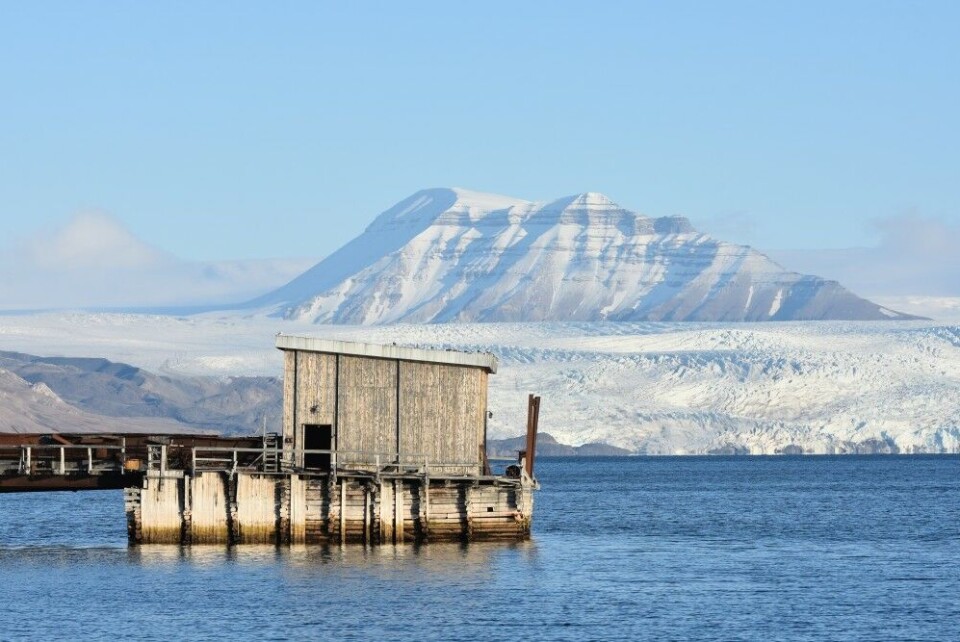
Arctic warming four times faster than thought, says study
Although it’s well known that climate change is having dramatic impacts on the North compared to elsewhere in the world, new research suggests that the Arctic is warming significantly more than we thought.
In a recent paper published in the journal Geophysical Research Letters, researchers found that the Arctic is heating up to four times faster than the rest of the planet.
The researchers say their analysis was able to pick up what previous work hadn’t by decreasing the typical 30-year period used to calculate the Arctic amplification index, down to 21 years.
Arctic amplification refers to how the loss of snow and ice in North results in more dark areas of land and water which end up absorbing heat from the sun instead of reflecting it back into the atmosphere, which in turn causes more ice loss and more dark areas.
The Arctic amplification index refers to the ratio between the Arctic and the global mean static air temperature.
“Thirty years is considered the minimum to represent climate change,” Petr Chylek, a physicist and climate researcher at Los Alamos National Laboratory and lead author of the study, said in a statement.
“We decreased the time interval to 21 years. At that smaller time scale, and contrary to previous investigations that found the Arctic amplification index increases in a smooth way, we observed two distinct steps, one in 1986 and a second one in 1999.”
The Coupled Model Intercomparison Project (CIMP) is an international set of climate models that uses shared parameters and which has been used to do the recent Intergovernmental Panel on Climate Change Assessment Report.
The researchers examined 39 climate change models in CIMP and found that four of them reproduced the 1986 step, but none reproduced the 1999 step that the researchers detected.
“We attributed the first step to increasing concentrations of carbon dioxide and other pollutants in the atmosphere, because several models do it correctly, but the second step we think is due to climate variability because none of the models can reproduce the second step.”
Chylek said their findings could be an important guidepost going ahead when it comes to predicting future Arctic warming.
“Because the four models correctly reproduce at least the first step, we assume they’re a little better for future climate projection,” he said.
“People usually average all models and assume the ensemble is more reliable than any single model. We show the average does not work in this case.”















